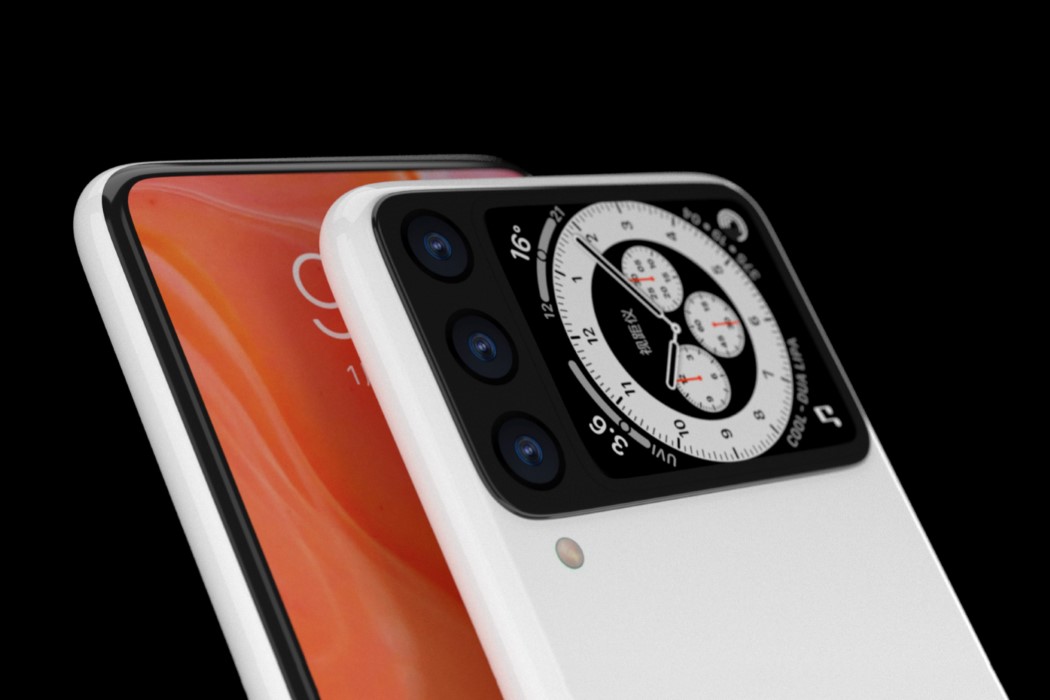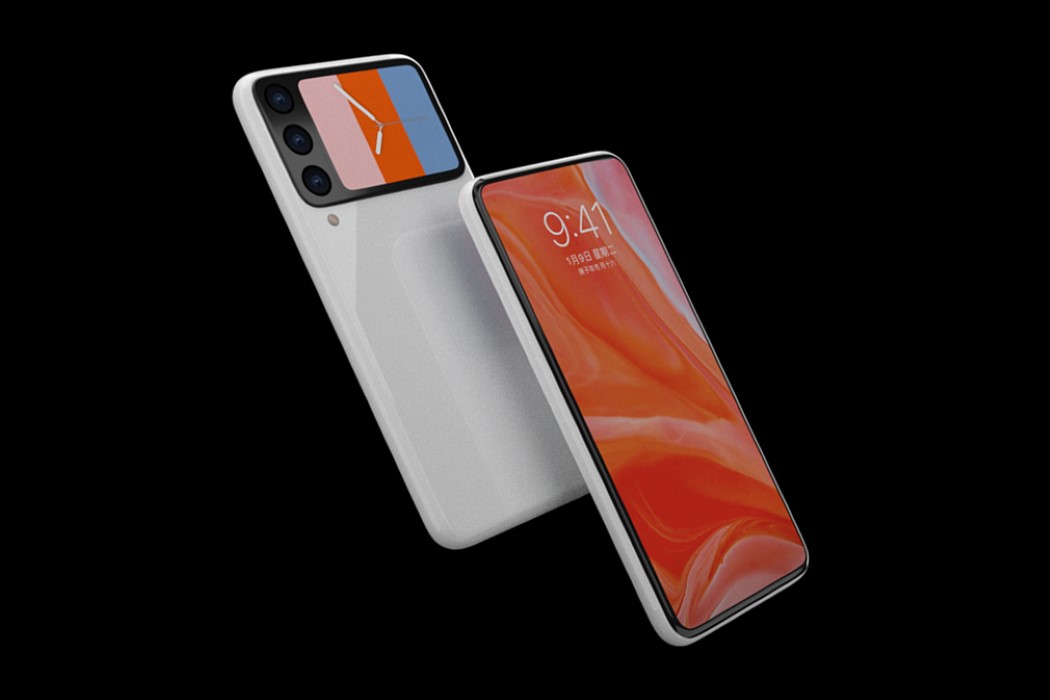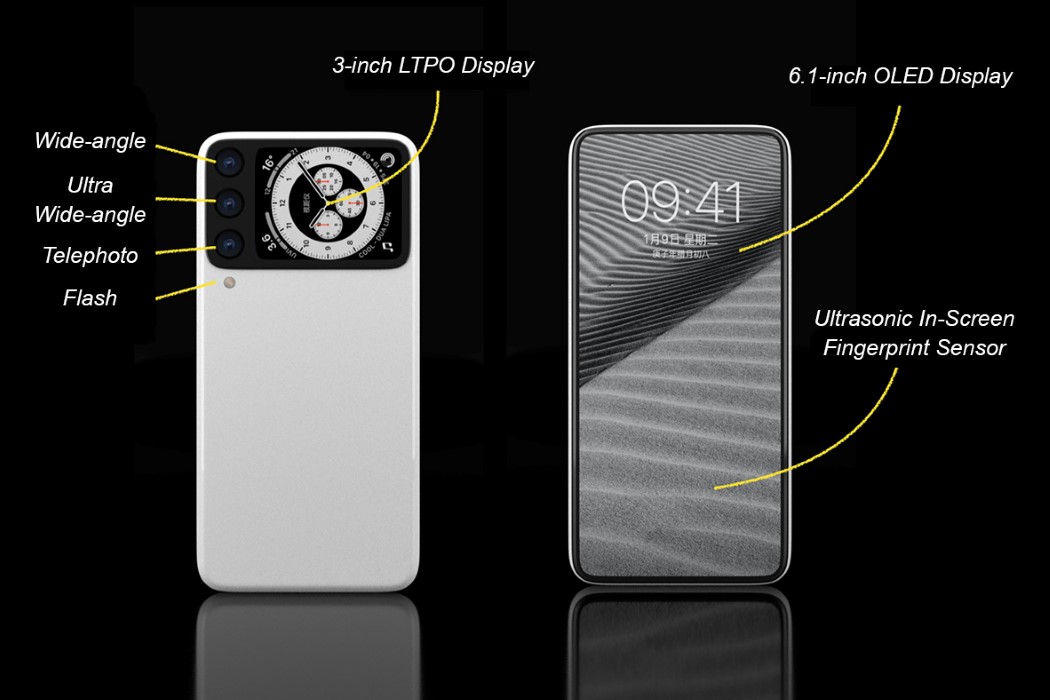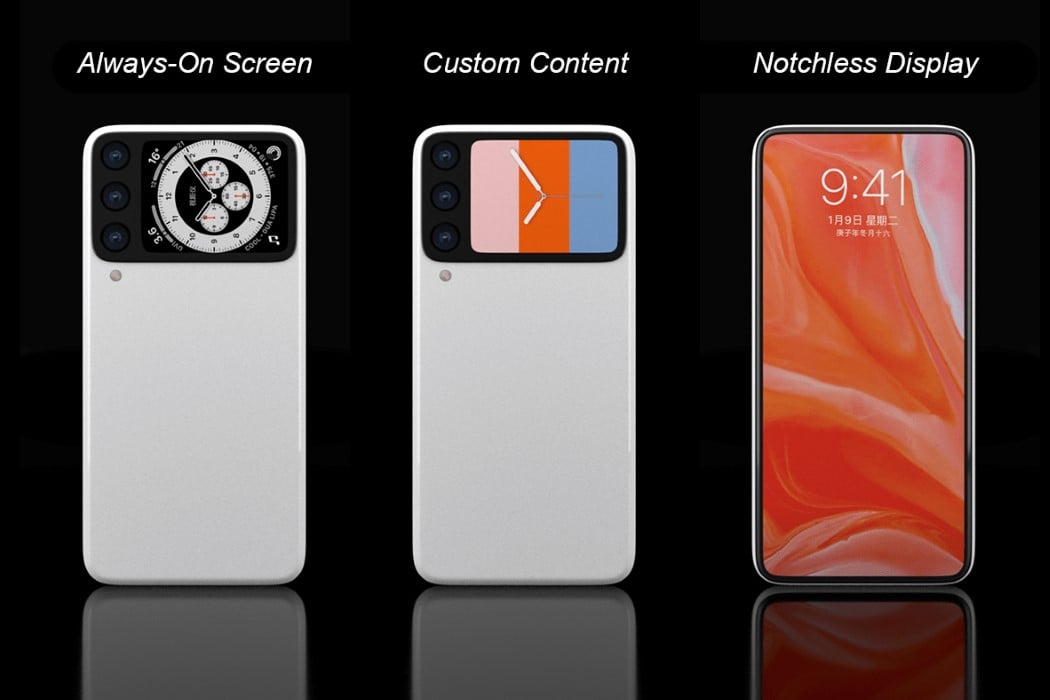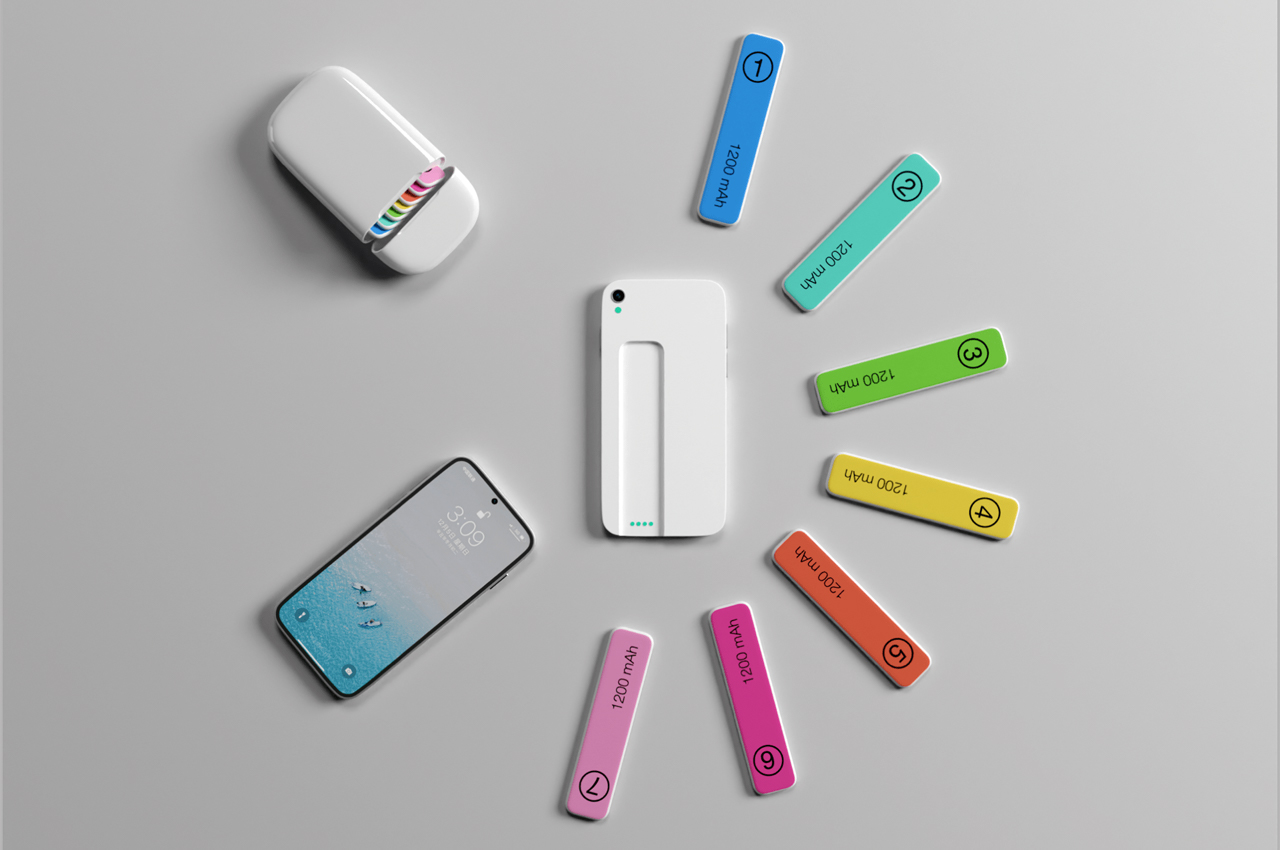
Battery Pods is a smartphone charging system comprised of a smartphone charging case and magnetic battery strips to supply your smartphone with 1400mAh worth of charge.
Everyone needs a charger, but no one wants to carry one around. Battery packs are bulkier than your smartphone and wire chargers depend on an outlet to actually work. So the question of how our phones will get battery remains. PS Design Studio, known for conceptualizing smartphone accessories, tried their hand at a solution with Battery Pods, magnetic battery strips that charge your phone by attaching to an accompanying phone case.
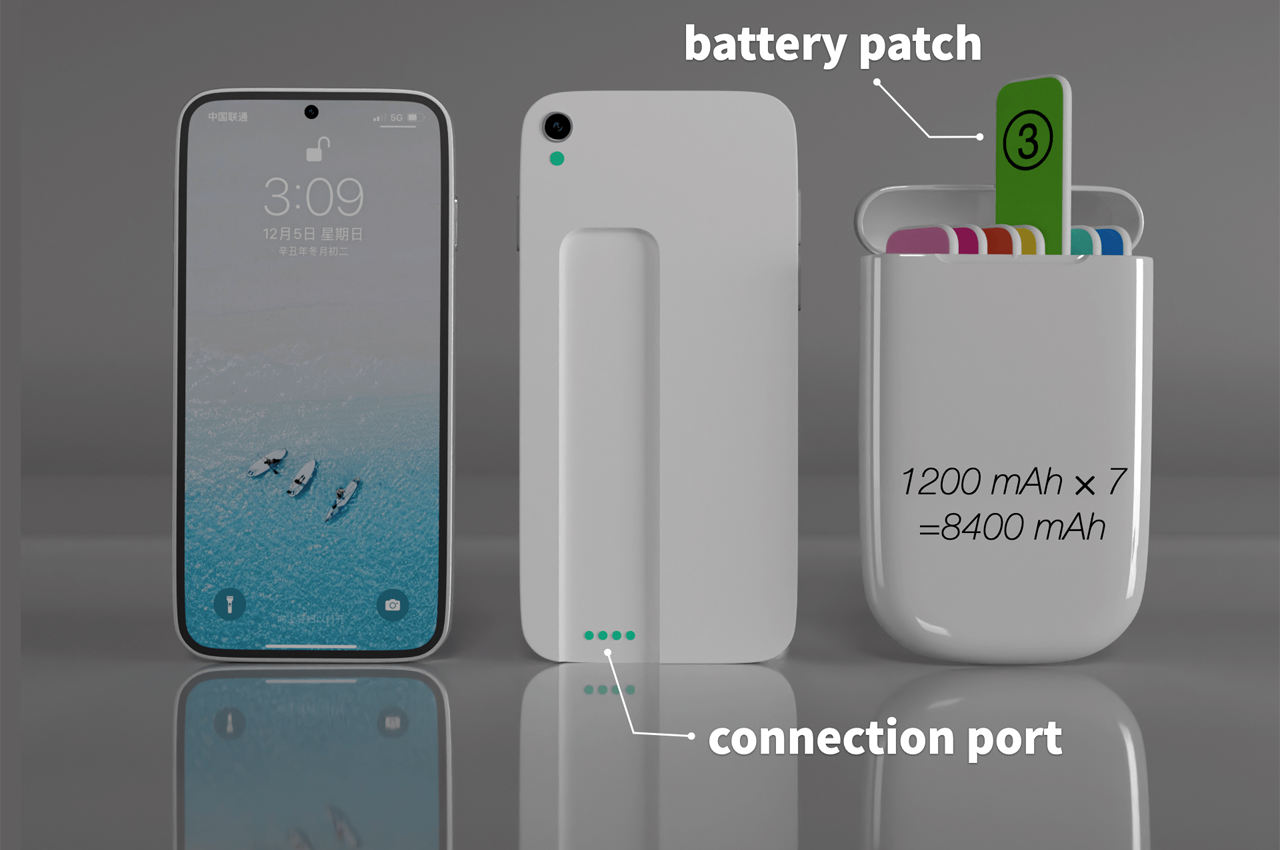
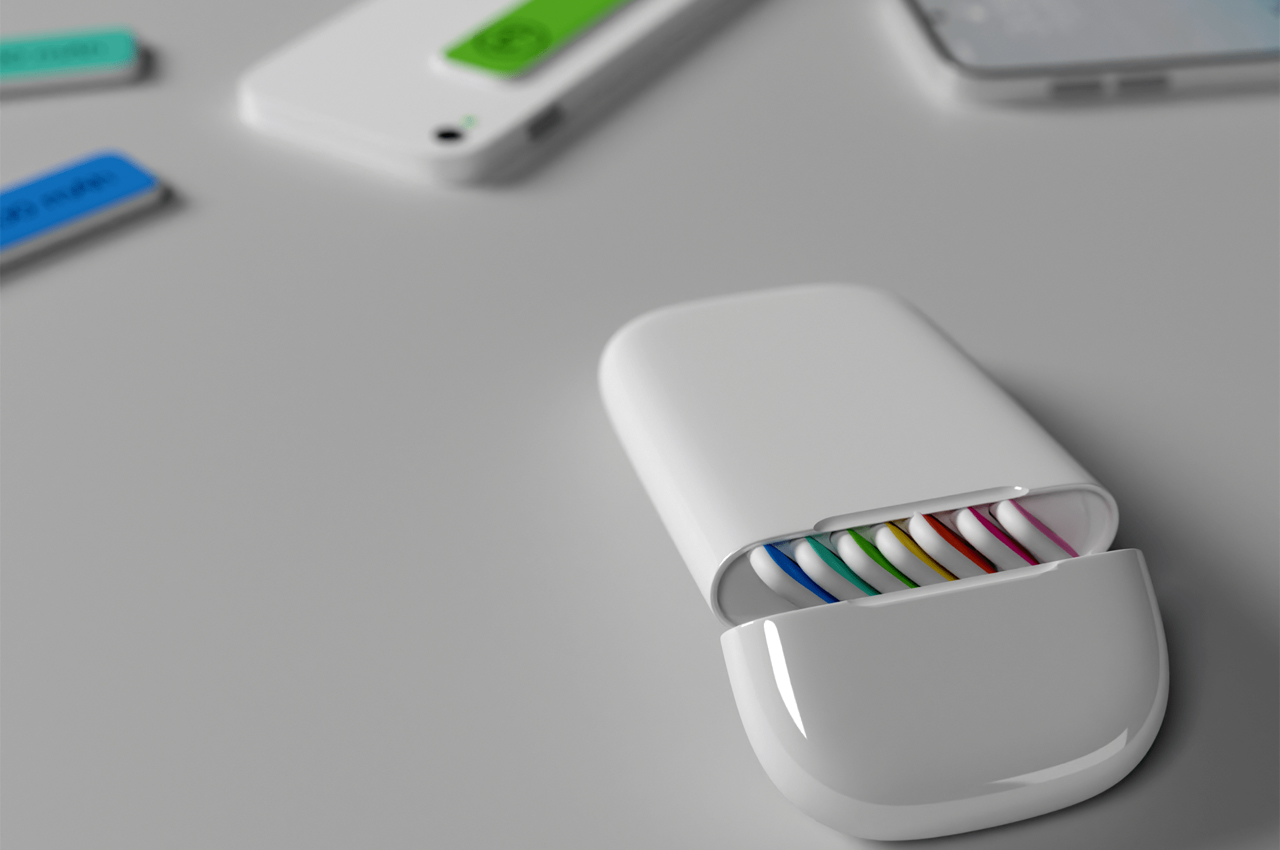
Similar to the battery pack of Airpods, Battery Pods come in a convenient carrying case that charges on the go. Complete with seven battery strips, each Battery Pod comes with enough battery to keep your phone charged throughout the day.
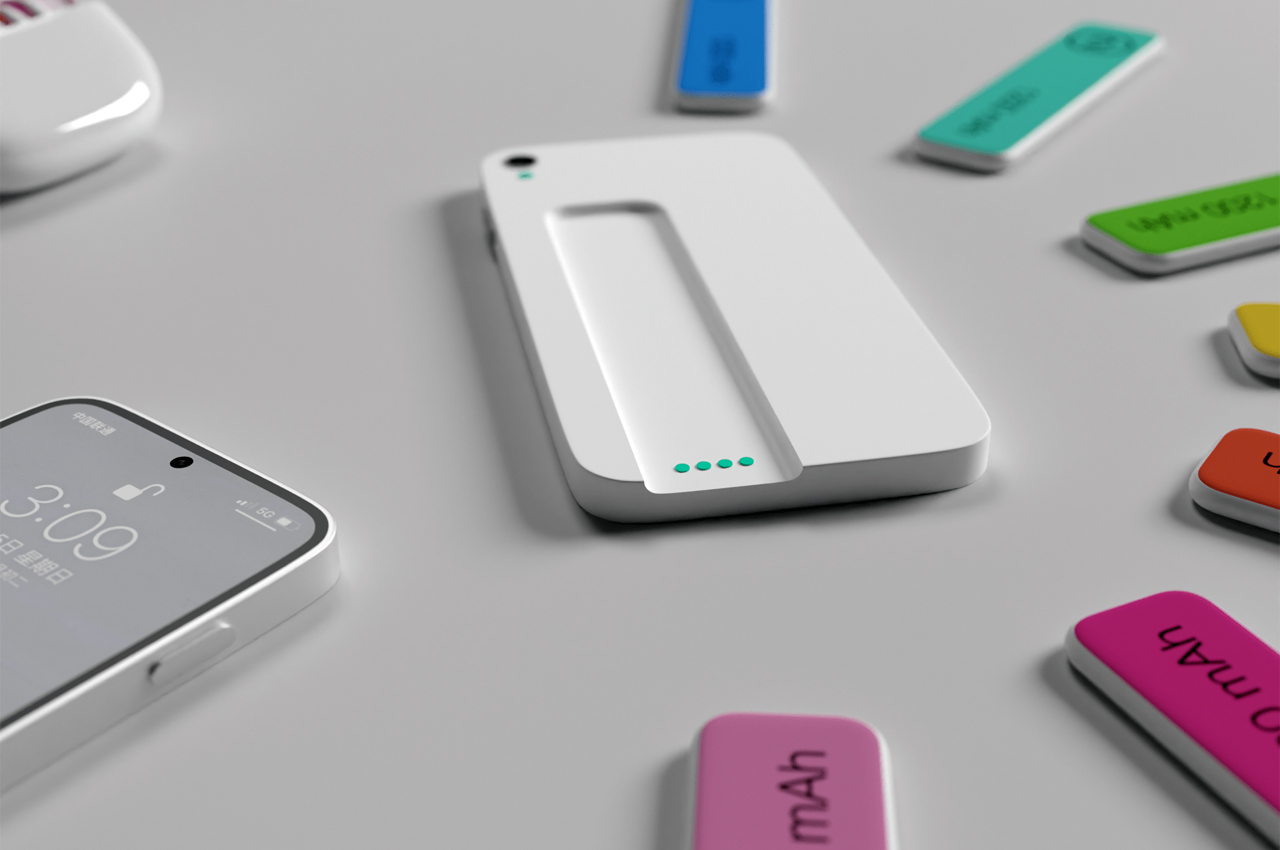
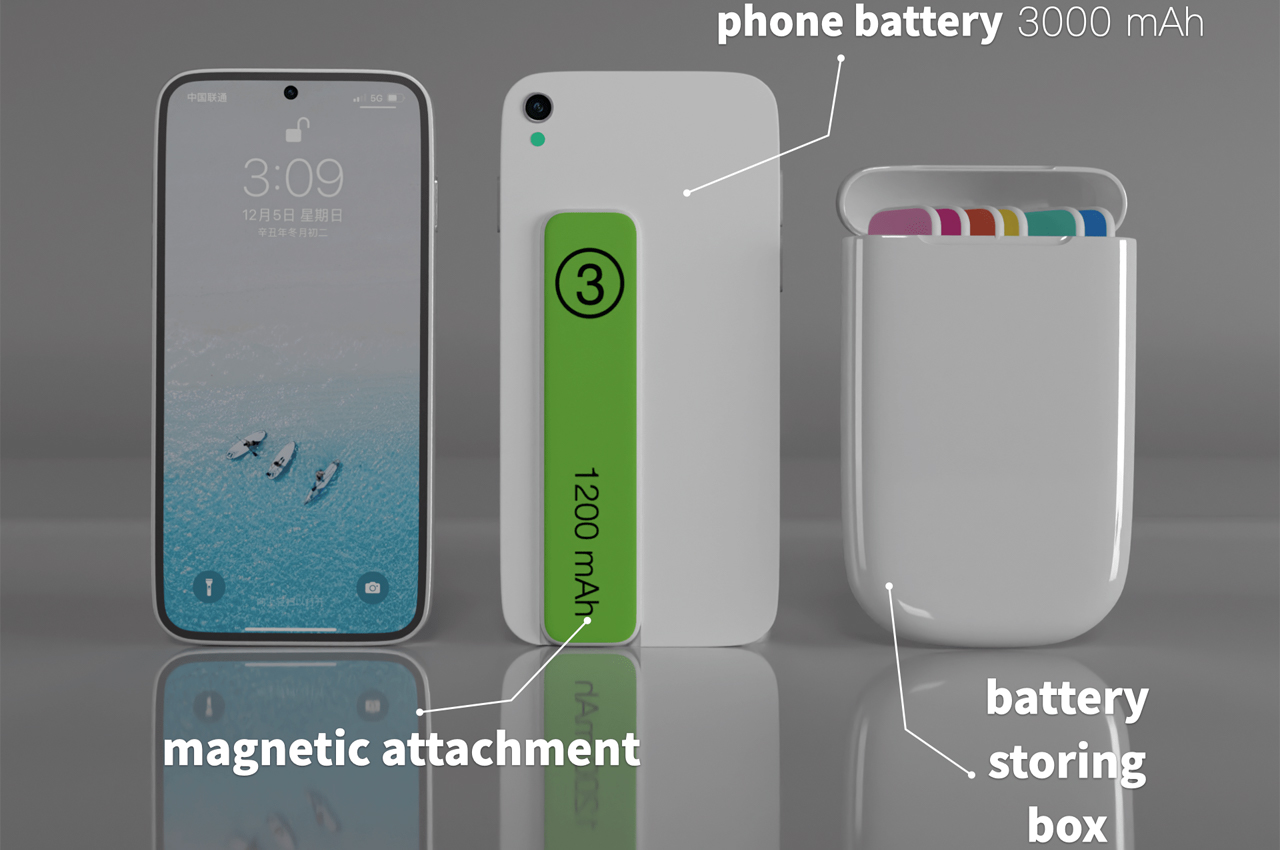
To get your smartphone all charged up, Battery Pods comes with a removable phone case that latches onto your phone and leaves a landing strip where the battery packs can magnetically attach. Once the stirp to attached to the phone case, users can charge their smartphones on the go.
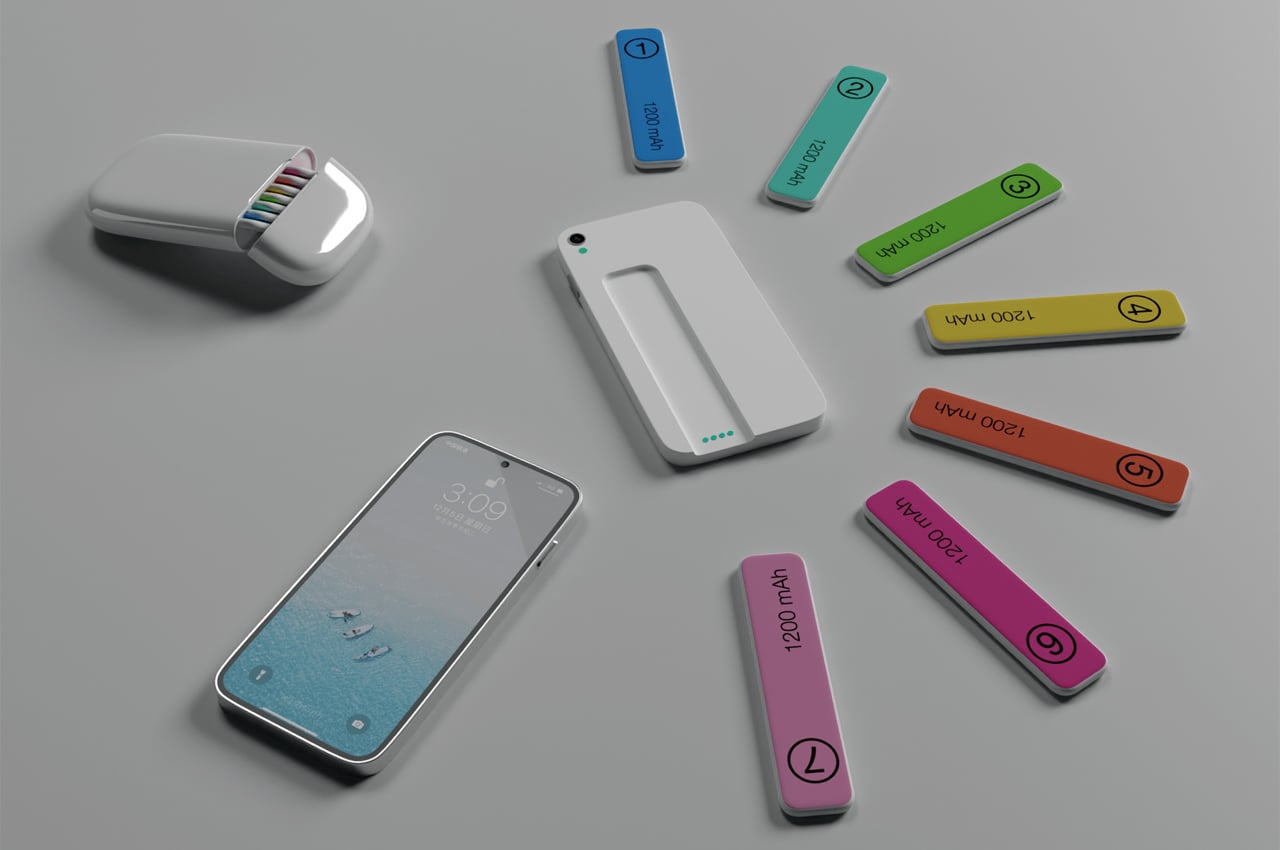
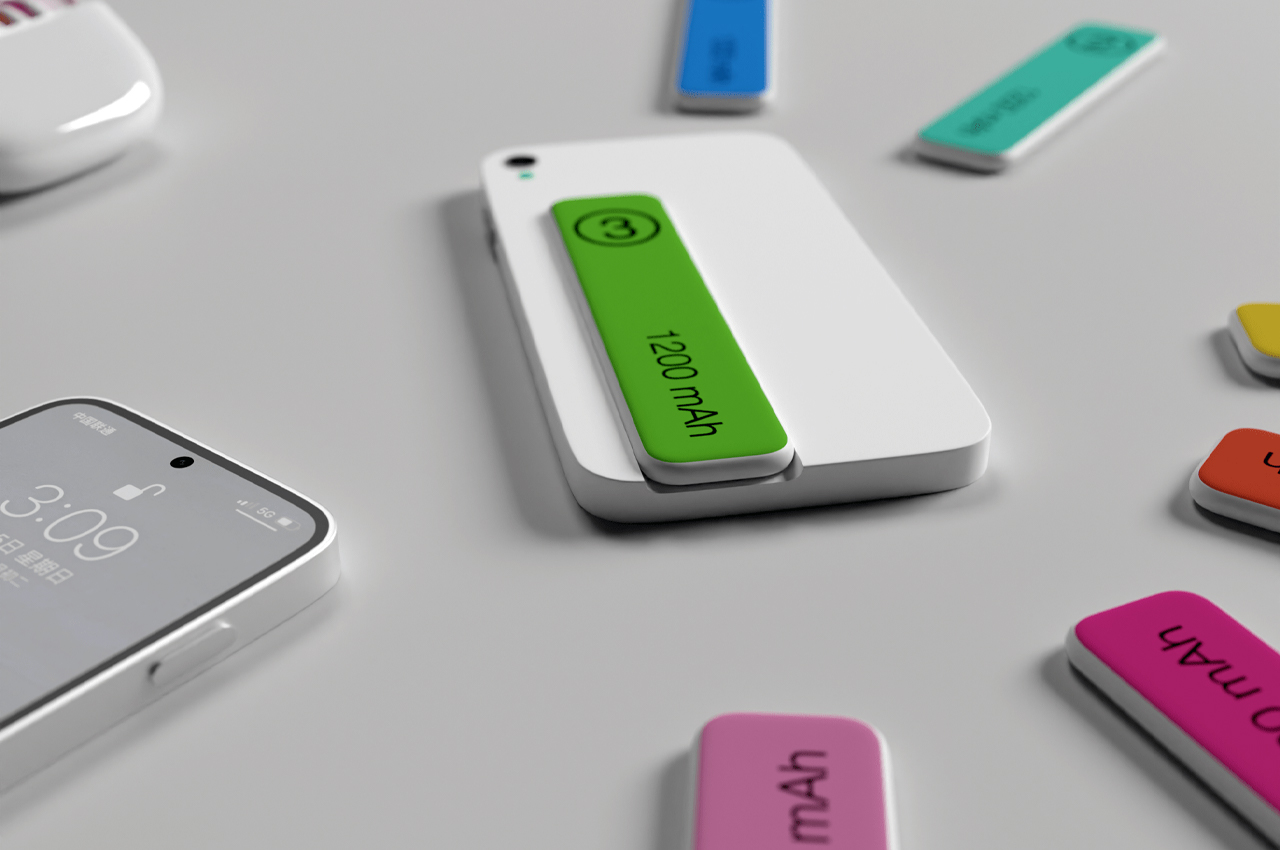
Each battery strip comes stocked with 1200 mAh, which, on a full charge, typically gives you 6-7 hours of phone usage time. The actual charging phone case comes with 3000 mAh worth of charge, giving you up to 30 hours’ worth of phone usage.
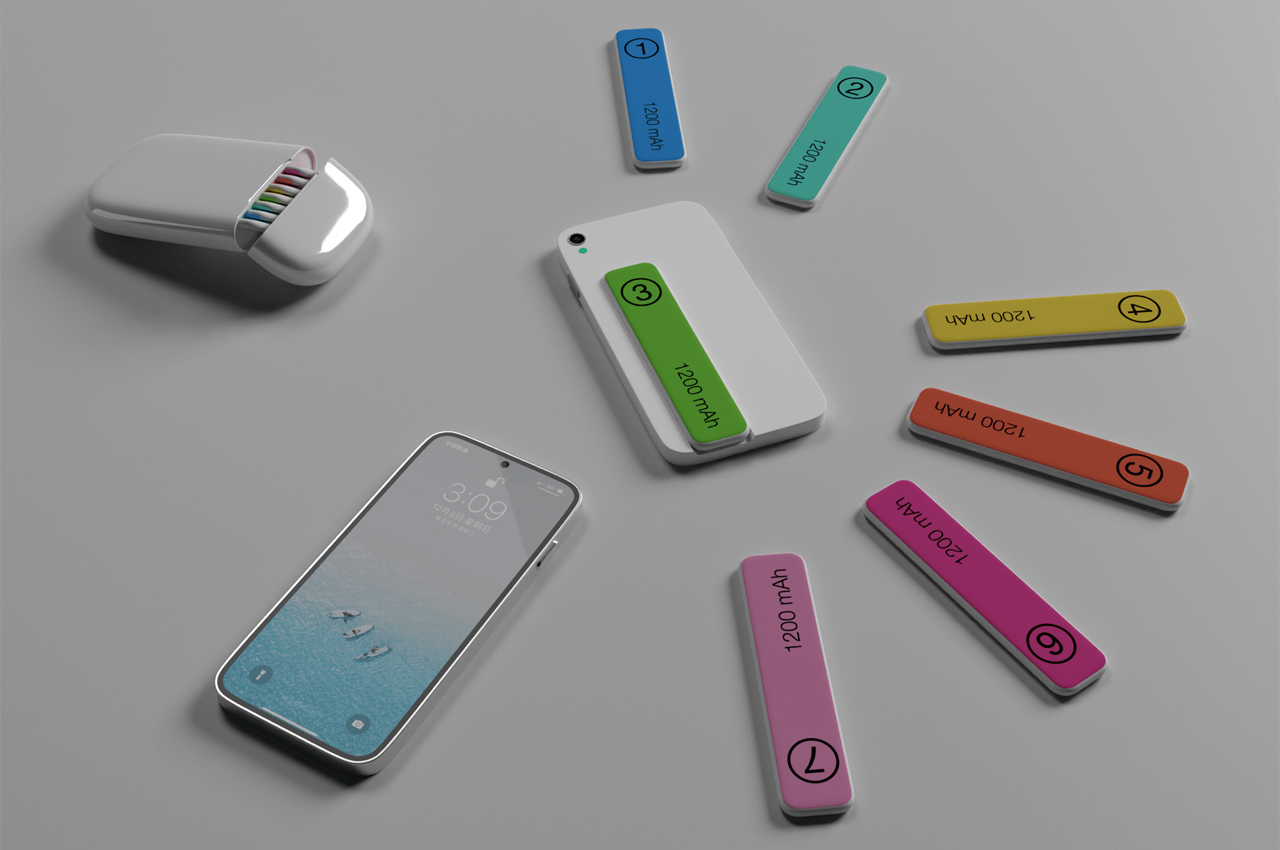
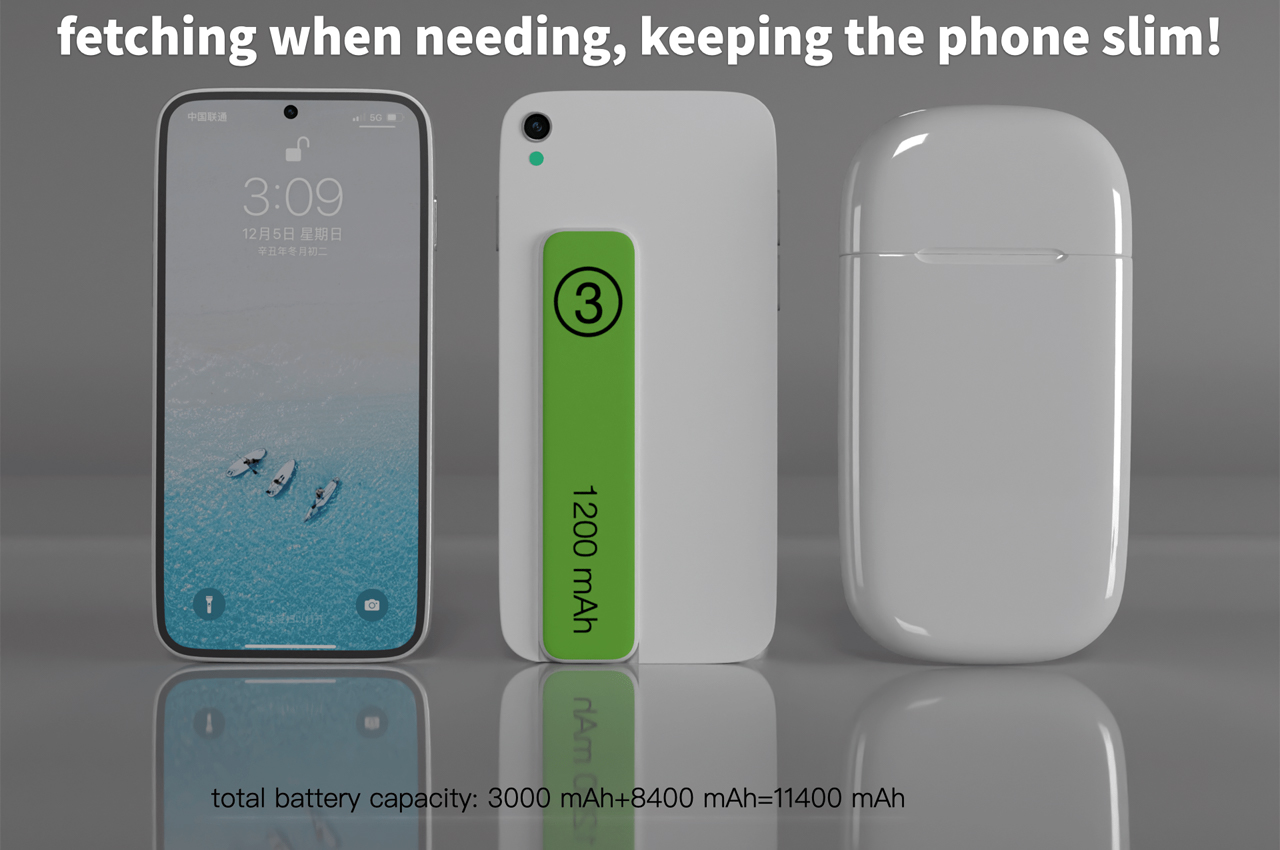
Conceptualized in an array of different colors, each battery strip keeps a color of its own, making it easier for users to decipher which battery strips have been used and which could still supply some charge.
Designer: PS Design
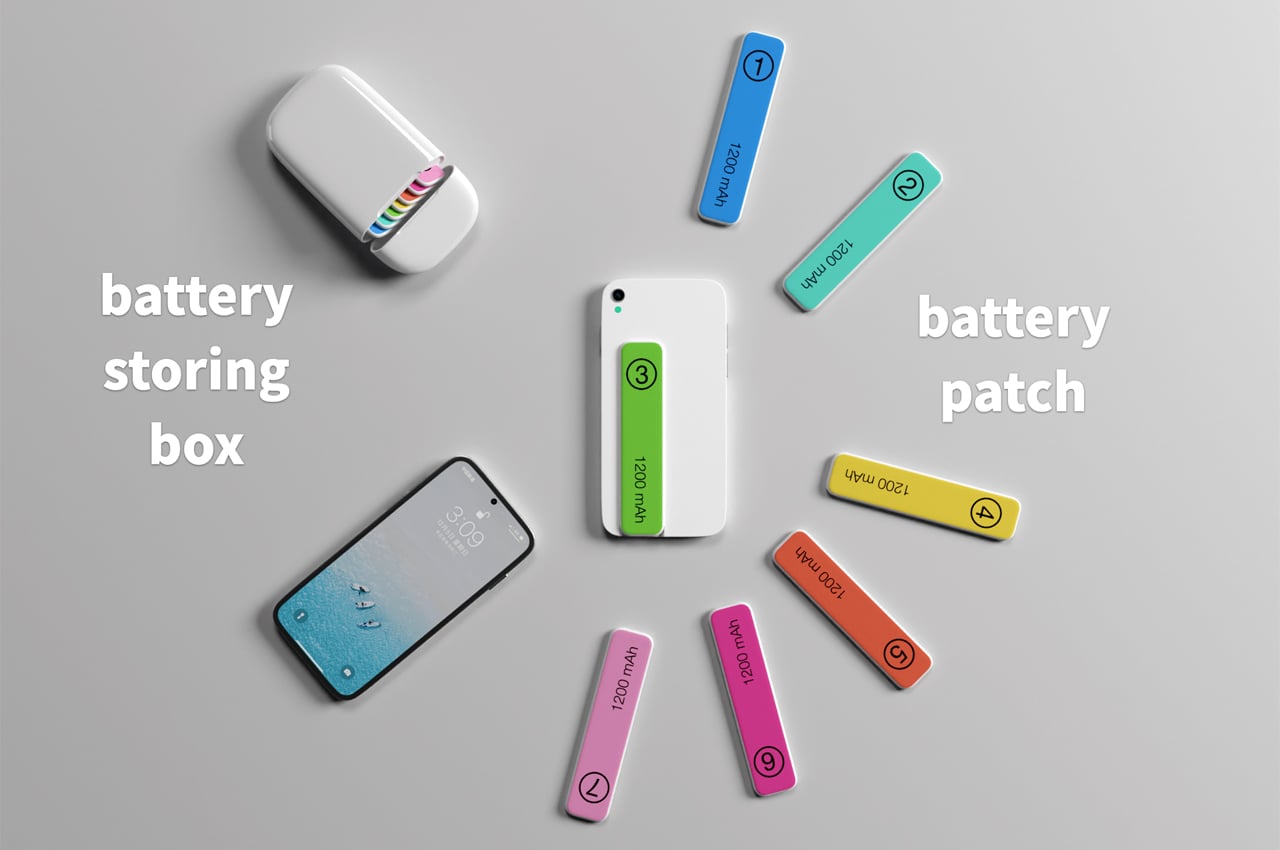
Seven magnetic battery strips fill the Battery Pods’ charging basin.
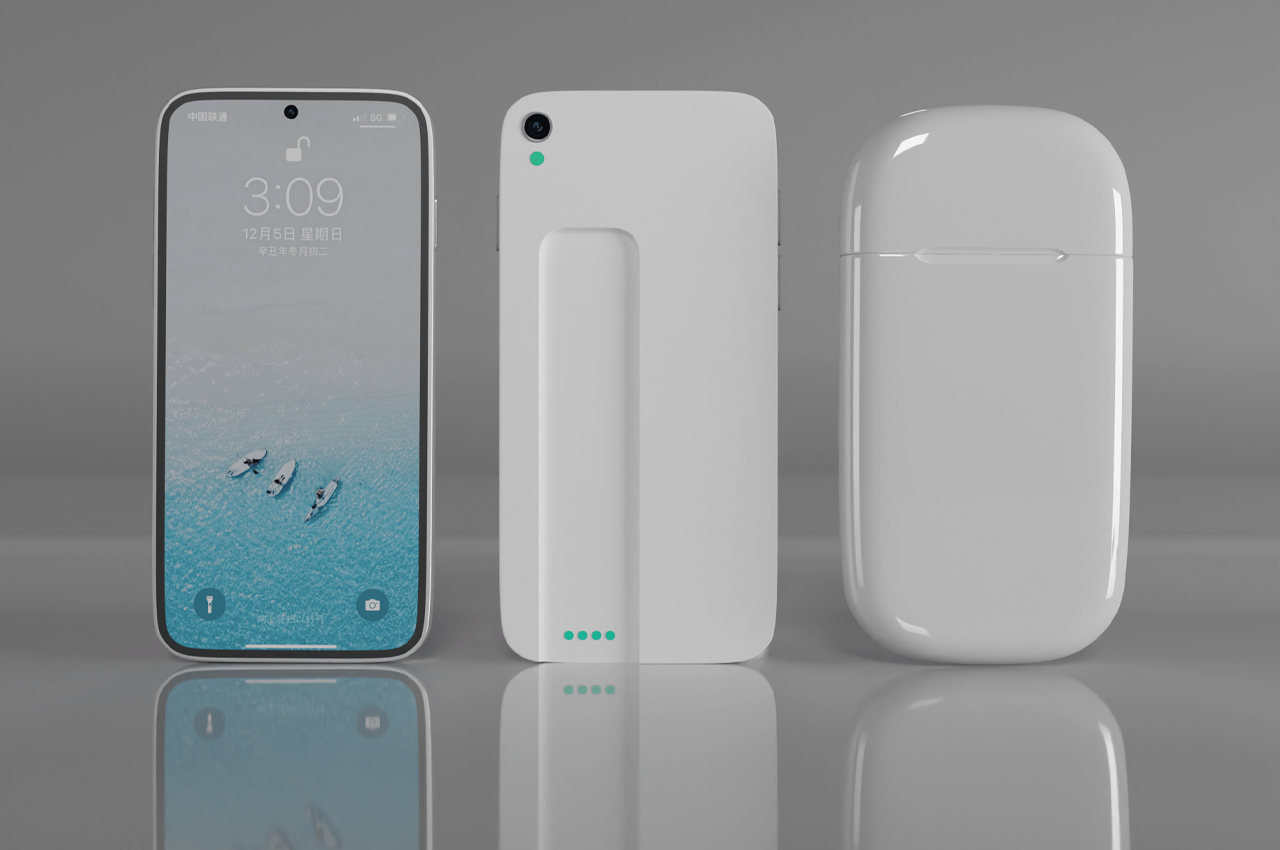
An accompanying phone case leaves a landing strip where the magnetic batteries can attach.
The post Modular power bank concept uses a series of wireless snap-on battery ‘bookmarks’ to give your phone 30 hours of charge first appeared on Yanko Design.
